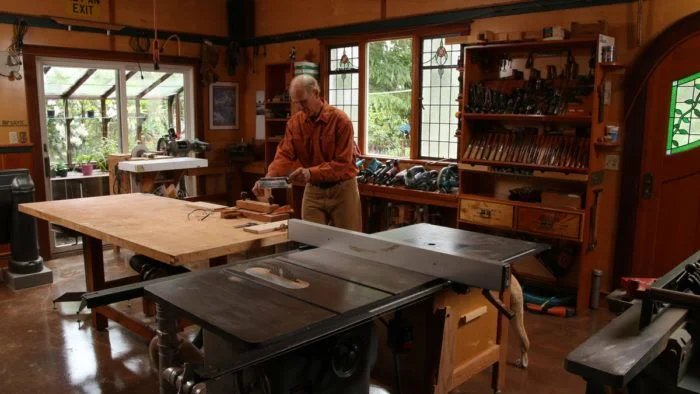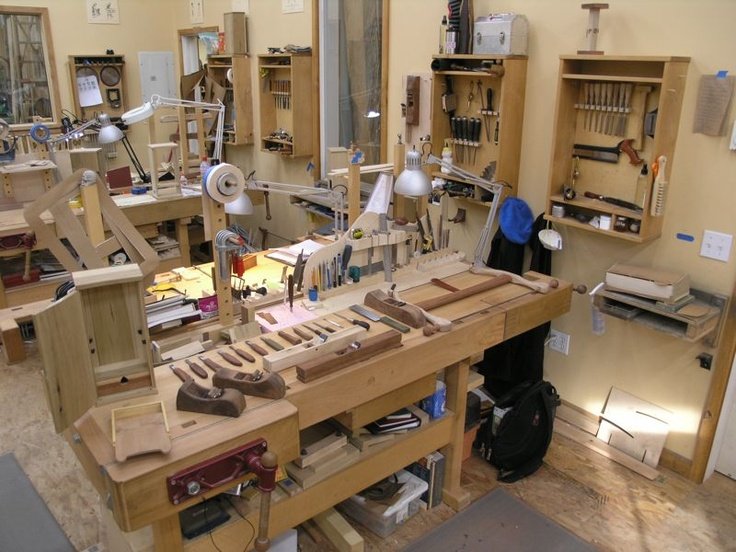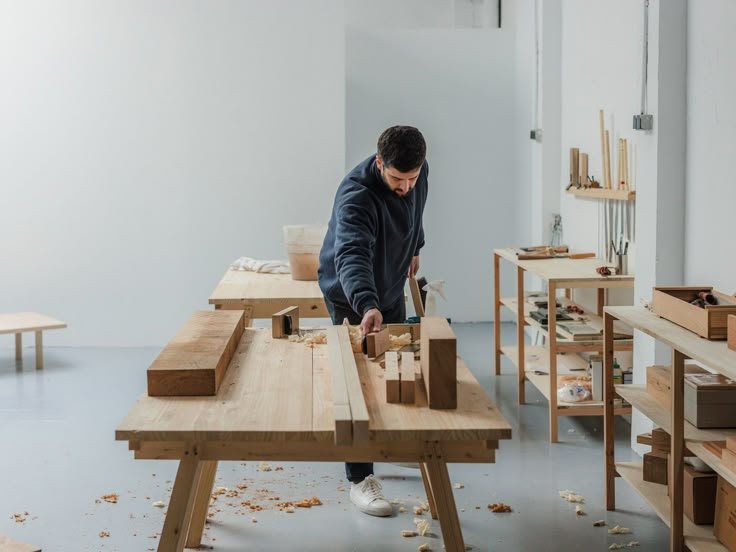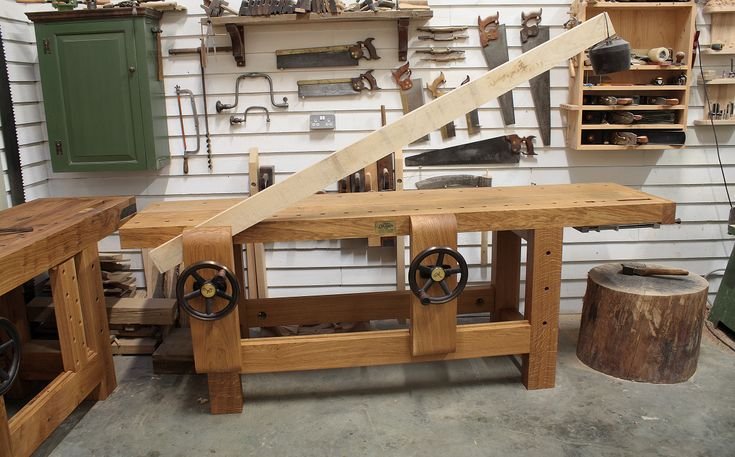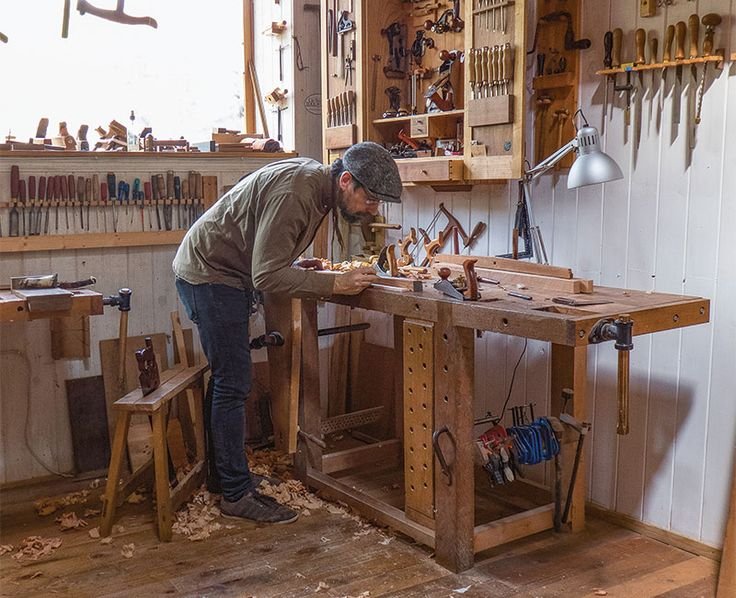A Contract in the Woodshop: Lessons Learned
So there I was, sitting on my back porch with a steaming cup of black coffee, watching the sunrise cast golden hues over my little workshop. If you’ve ever found yourself lost in those early morning hours, you know there’s something about the quiet before the world wakes up that just gets the mind moving. And lately, I’ve been thinking a lot about that time I took on a woodworking project that really made me scratch my head — and it all came down to a contract.
Now, for me, woodworking isn’t just a hobby; it’s therapy. The smell of cedar and pine as it wafts through my workshop, mingling with the sharp tang of sawdust, it all just feels right. But that one project? It was a fiasco. I got a call from my neighbor, old Mr. Jenkins. He wanted a new set of outdoor furniture for his backyard — a couple of benches, a picnic table, that sort of thing. Sounded simple enough, right? Well, let’s just say I learned that simple and straightforward don’t always go hand in hand when you throw contracts into the mix.
The Loose Agreement
Now, I should’ve known better than to dive headfirst without some sort of agreement. But in that rural charm of my small town, there’s this unwritten rule of neighborly trust. I thought, “Surely, we can hash it out over a couple of beers.” So, we did. I sketched out a rough plan on a napkin as we sat at my workbench with tools scattered everywhere—my trusty Ryobi circular saw, a couple of chisels, and a fine assortment of clamps. I mean, who doesn’t love a good napkin sketch, right?
All I got in return was a shrug and a few “Yeah, sounds good!” from Mr. Jenkins. I almost high-fived him, full of misguided confidence. Little did I know, that casual handshake agreement would come back to bite me, and hard.
The Unexpected Hiccups
I got to work right away. The scent of freshly cut pine filled the shop, and I was humming along to some old country tunes, thinking I was a bona fide Carpenter Steve. I picked up some yellow pine from the local lumber yard—not the best choice, but hey, it’s what fit my budget at the time. The first cut was satisfying, and watching that raw wood take shape under my hands felt like pure magic.
But then came the headaches. As I began assembling the picnic table, I realized I had forgotten to account for…well, let’s just say the details. I didn’t clarify how many coats of varnish we’d agreed on or whether Mr. Jenkins wanted it stained a special color. I chuckled nervously when the sound of the hammer on the nails echoed through the shop, thinking, “How hard can it be to paint?”
Two weeks in, I was knee-deep in chaos. The benches started to warp, and I almost gave up when I saw those ugly gaps in the joints. I didn’t even have a proper kreg jig back then for pocket holes. Just a regular drill, which, let me tell you, is not the smartest choice for such a project. The wood was crying out for help, and I was unsure if I was the right person for the job I’d signed up for—napkin agreement and all.
The Clarity That Came Too Late
Then came the day when Mr. Jenkins popped by to check on progress. He looked around, and I’ll never forget the tone in his voice. “Looks good, but when can I expect this?” I had to swallow hard, that lump in my throat tight. My pride wanted to push the “it’s almost done” story, but my baking-soda-vinegar nerves said otherwise. I opened my mouth to speak but the truth slipped out instead: “Uh, well, I didn’t really keep good notes.”
You could almost hear the tumbleweeds. Then it hit me hard—trust is good, but having clarity from the get-go is better. If only I’d taken the time to draft even a simple contract, maybe things wouldn’t have spiraled out of control.
Once I faced the music, it was a circuitous path to recovery. I had to fix those warped boards and make replacements, which was more time-consuming than I ever anticipated. The smell of wood glue and paint filled my workshop, and oddly enough, I laughed when it actually worked.
The Final Product
Fast forward a few long weeks, and I stood back to admire what, you know, finally came together. Sure, the craftsmanship wasn’t going to win any awards, but with each brush stroke of that weatherproof stain, I felt a sense of accomplishment. I had slaved over those benches, put my heart into that table, and with every sip of that last iced tea we shared in Mr. Jenkins’ backyard, I felt a warmth spread through me.
When he finally plopped down on that splinter-free surface, I swear he looked like a kid on Christmas morning. I think that’s the magic of woodworking; it’s about the love you put into it, even when you fumble through the process feeling like a rookie.
Takeaway for Fellow DIYers
So, here’s the thing: If you’re thinking about taking on a woodworking project, even for a friend or neighbor, I really wish someone had whispered this into my ear back in those sunny days of creating chaos. Get a contract—even if it’s just an informal outline that clarifies your plans. It’ll save you a heap of headaches down the road.
And remember, every splinter and miscalculated angle is just part of the experience. You’ll come out stronger and prouder, with a piece that tells your story—mistakes and all. So grab that saw, breathe in the smells of wood and varnish, and just go for it. You might surprise yourself with what you can create!

